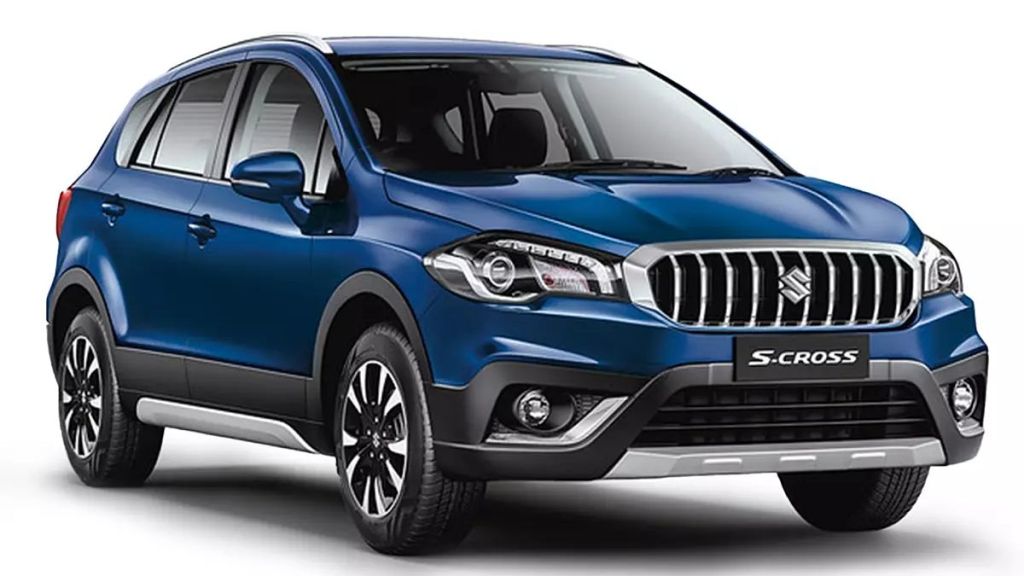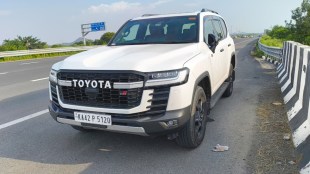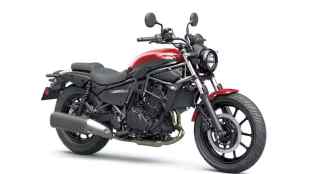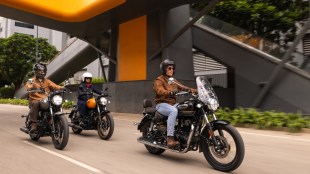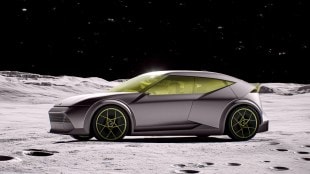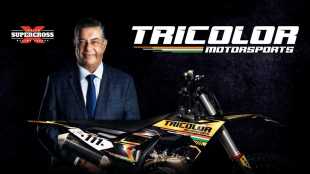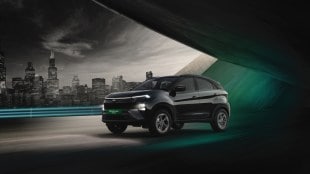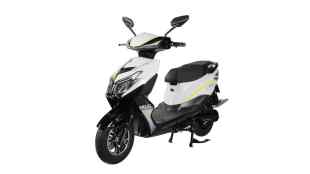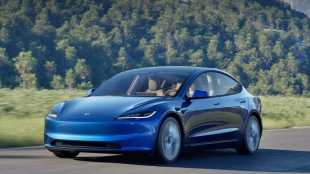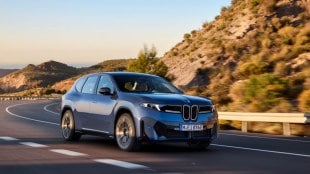Maruti Suzuki has officially discontinued the S-Cross as India’s number one car manufacturer has removed the crossover from the Nexa website. The writing was on the wall as the sales figures were dwindling and by scoring two consecutive ducks in the last two months, it was a matter of when not if. The last straw was the introduction of the all-new Grand Vitara, which eventually replaced the S-Cross and became the flagship of the Nexa brand.
In 2015, Maruti Suzuki wanted to give itself an image makeover by launching its more premium range under the Nexa banner launching the S-Cross. The crossover was first available only in diesel options — the 1.6-litre DDiS 320 and the 1.3-litre DDiS 200. Both the multijet diesel engines were sourced from Fiat and the former powertrain was mated to a 6-speed manual while the latter with a 5-speed manual.
The S-Cross never really hit the ground running and couldn’t churn out the sales figures Maruti Suzuki was hoping for and due to a lack of demand after a couple of years. Hence, the company was forced to pull the plug on the 1.6-litre engine.
With the introduction of BS6 emission norms in 2020, Maruti Suzuki decided to stop manufacturing diesel engines and offered only petrol-powered vehicles. The S-Cross received a facelift and was available with a 1.5-litre mild-hybrid petrol engine, which was mated to either a 5-speed manual transmission or a 4-speed automatic torque converter. It was a futile effort as Maruti Suzuki had already missed the boat while its Korean rivals the Hyundai Creta and the Kia Seltos ruled the roost.
The mid-size SUV segment continues to be the final frontier for Maruti Suzuki, but this time around, they are banking on hybrid technology with the new Grand Vitara. Maruti Suzuki is also targeting diesel buyers with its class-leading fuel economy and is the only SUV in the segment to offer an all-wheel system. Will the company be able to knock the ball out of the park with the Grand Vitara? Only time can answer that question, but with the Grand Vitara available in either a 1.5-litre smart hybrid or Toyota’s 1.5-litre full hybrid powertrains, it certainly looks like an inviting proposition.
